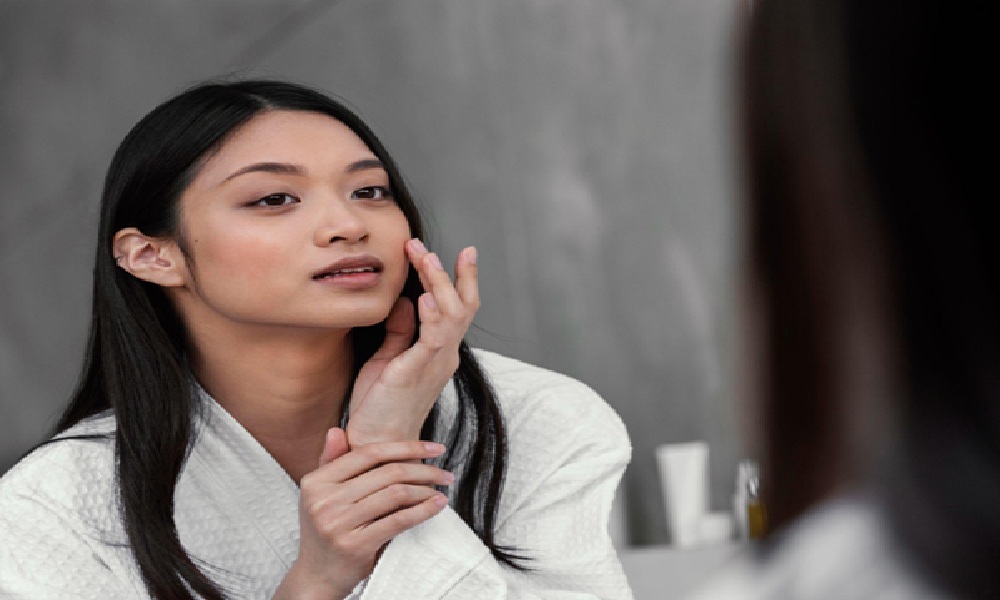
Atrophic acne scars and time-related lines respond to different techniques, so planning matters. If you are exploring pitted scars treatment in Singapore while considering wrinkle removal, start with a structured assessment, clear goals, and realistic recovery windows. The steps below outline evidence-informed options and practical habits that help results remain consistent. Consult qualified clinicians for diagnosis, risks, and aftercare.
1. Book A Precise Skin Assessment
A full history, medication review, and lighting-controlled photographs help classify scar types and wrinkle patterns. Ice-pick, boxcar, and rolling scars behave differently from dynamic lines caused by expression. Mapping depth, width, and location allows clinicians to match techniques to targets, set timelines, and decide whether to stage procedures or combine them within safe intervals.
2. Use Topicals To Prepare The Canvas
Retinoids, azelaic acid, and niacinamide can support turnover, even tone, and reduce congestion before procedures. Consistent sunscreen limits post-inflammatory darkening. Preparation does not replace procedures for deeper defects, yet it improves skin function, reduces downtime variation, and creates a stable baseline for before-and-after comparisons during a treatment course.
3. Consider Chemical Reconstruction For Focal Pits
High-concentration focal application (for example, TCA-CROSS performed by trained clinicians) targets tight, narrow pits. The method induces controlled collagen remodelling within the defect rather than the whole surface. Sessions are staged and require sun protection and gentle cleansing. Expect temporary frosting, crusting, and a measured schedule that respects healing cycles.
4. Reserve Excision Or Punch Techniques For Isolated Scars
Very deep or tethered scars may benefit from punch excision, punch elevation, or subcision. Subcision releases fibrous strands that pull scars inward, sometimes paired with filler to prevent re-tethering. Bruising and swelling can occur. Clear consent, sterile technique, and staged reviews help maintain safety while monitoring for unevenness or recurrence.
5. Use Energy-Based Resurfacing For Texture Spans
Fractional lasers or radiofrequency microneedling address wider fields of uneven texture. Settings should suit skin tone and downtime tolerance. Fractional patterns treat columns while leaving bridges of intact skin that hasten recovery. Plans often alternate energy sessions with focal treatments to balance progress, comfort, and scheduling around work or events.
6. Add Biostimulatory Support Where Indicated
Biostimulatory injectables and collagen-supporting protocols may complement mechanical release or resurfacing. The aim is gradual firmness rather than immediate volume. Selection depends on scar type, wrinkle depth, and anatomy. Spacing sessions allow assessment of change with photographs and touchpoint reviews, so adjustments remain evidence-led rather than guesswork.
7. Target Dynamic Lines Conservatively
Wrinkle removal for expression lines focuses on relaxing overactive muscles with precise dosing. Subtle reduction protects expression while softening creases. Static lines that persist at rest may then improve with resurfacing or micro-focal techniques. Staggering appointments reduces cumulative downtime and helps isolate which intervention produced which change.
8. Protect Pigment And Barrier During Recovery
After any procedure, gentle cleansing, fragrance-free moisturisers, and daily broad-spectrum sunscreen reduce irritation and blotchiness. Avoid heat exposure and strenuous workouts in early recovery windows if advised. A short list of rescue products for dryness or itching, agreed in advance, prevents impulsive product changes that can prolong redness.
9. Log Outcomes With Disciplined Tracking
Photograph in the same light and angle each visit. Record discomfort levels, redness duration, and any temporary flaking. Note when the makeup application returns to normal. Objective tracking turns vague impressions into useful data, helping decide whether to repeat a session, switch modality, or extend intervals for consolidation.
10. Plan Maintenance And Lifestyle Anchors
Results depend on continued care. Support sleep, balanced nutrition, and stress management, which influence healing and perceived skin quality. Keep retinoid use steady unless paused for procedures. Schedule maintenance at realistic intervals, and confirm how long to wait between different modalities. Consistency protects gains while reducing the risk of irritation.
Conclusion
Improving pitted scars and softening wrinkles works best with tailored plans, staged sessions, and careful recovery habits. A measured approach that combines focal methods with field treatments can refine texture while preserving expression and tone. Set clear goals, track progress, and protect the barrier every day. With steady maintenance, improvements remain visible and manageable over time.
To discuss a tailored plan for pitted scars or wrinkle removal, contact Veritas Medical Aesthetics.




